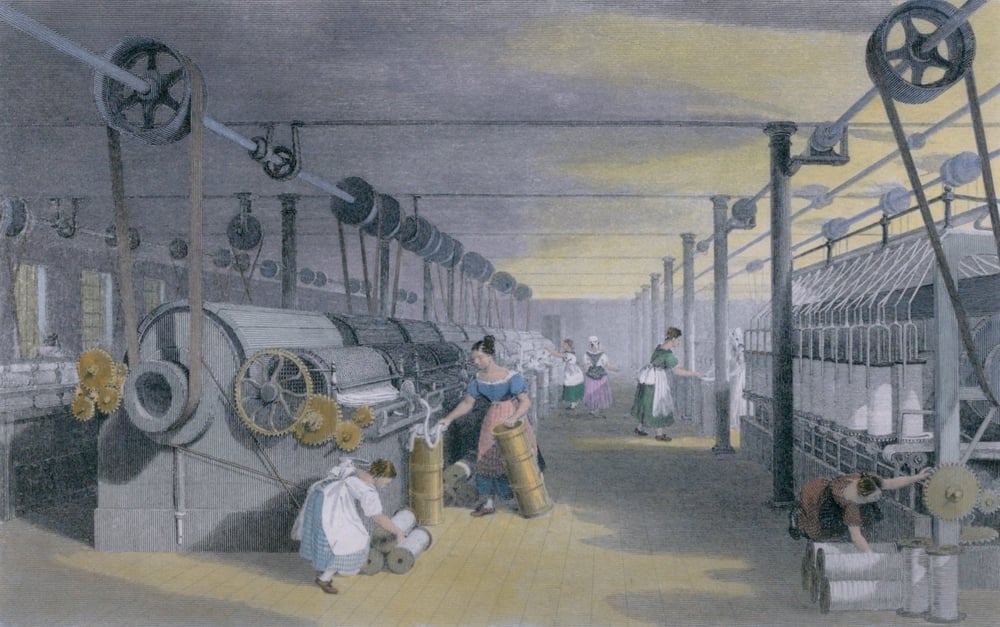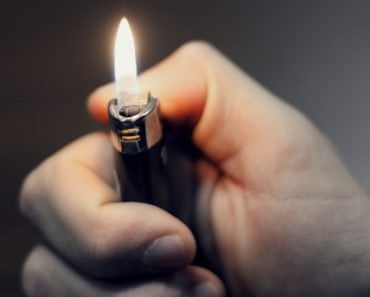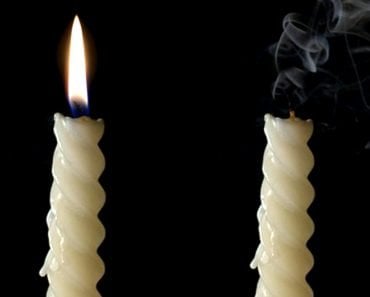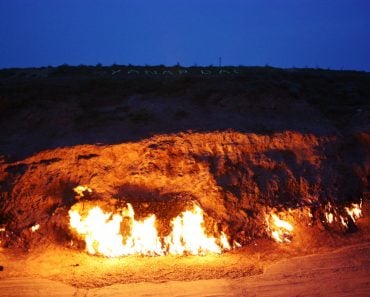Table of Contents (click to expand)
Cakes have been around since the ancient Greeks. The Germans made it into a celebration, with candles and relating it to children, which has continued.
Practices like eating cake or blowing out candles have become standard practice for birthdays around the world today; in fact, it’s hard to imagine birthdays without them!
We think of these traditions as inseparable rituals that must be done on a birthday because they are the fundamentals of a birthday celebration.
But have you ever ever stopped and wondered why we eat cake on birthdays? Additionally, why do we put candles on those same cakes and blow them out? Where do these traditions come from? Where did birthday cake originated?
Recommended Video for you:
The Greeks

The Greek goddess Artemis was the goddess of the moon, chastity, and the hunt. The Greeks had celebrations in her name, in which they would make round cakes and light candles on them to symbolize the moon. The round shape would obviously represent the full moon, while the candles would represent the light of our nearest celestial neighbor.
But where did the Greeks get the idea for such celebrations? Believe it or now, they got it from the Egyptians, and more specifically, through their crowning ceremony for a pharaoh.

For ancient Egyptians, the crowning of a pharaoh represented the pharaoh becoming a god. Hence, the crowning ceremony was widely celebrated. The Greeks borrowed this idea of large celebrations in honor of a person or a god.
Kinderfest
There is some speculation that before the emergence of “birthday parties”, the Romans used to bake cakes in order to celebrate the birthdays of people more elevated in society. However, the history of how birthdays have become “celebrations” with cake begins much later.
It is thought to have originated in Germany, around 1400-1500 AD.
In Germany the, “Kinderfest/Kinderfeste” was a celebration for children. The word “Kinder” in German means children. Hence, as the name suggests, it was a festival for the children. The Germans used to believe that children were highly susceptible to any harm that might arise from demons/evil spirits on their birthdays.
Hence, on their birthdays, cakes were baked in the morning and the tradition of putting as many candles as the child’s age (plus one!) was invented here. The additional candle represented the parents’ hope that their child would live one more year.
The cakes with the candles were readied in the morning and, as soon as a candle would go out, it would immediately be replaced by another.
This process would go on until the night, when the child was finally told to blow out all the candles at once. This was done because it was believed that the candles helped transfer the child’s wishes to god, while blowing them out all at once makes both the wish and the child’s connection to god stronger!

In the late 1600s, Germans and Europeans migrated to American lands, bringing cake and celebration to a new world. Colonialism was at its peak in the 1600s, so these practices were also carried to places like Africa, West Asia, Asia etc. However, baking at that time was very different than it is today.
Back in those days, baking was largely only possible with the use of yeast, which made it a long and complicated process.
So how has this practice evolved into the one that we know today? And what has changed?
Baking Powder And The Industrial Revolution

In the 1800s, a British chemist by the name of Alfred Bird was working on a series of food products. His wife, Elizabeth Bird, was allergic to yeast and eggs. Instead of using hydrochloric acid (previously known as muriatic acid, used to initiate baking), he combined tartaric acid, cornstarch and sodium bicarbonate to make “baking powder”.
Simple as it sounds, this shift was monumentally important.
Cakes could now rise higher, be lighter, and the process was much faster than utilizing yeasts. A “cake” used to mean a flat, round, fruit-filled treat, but the resulting delicacies from baking powder were much more sophisticated—and delicious!

This recipe came at the time when the Industrial Revolution was gaining momentum, and a capitalistic system was setting up in Europe and other parts of the world. Hence, with baking powder able to reduce baking time, and with mass production made possible by the industrial revolution, bakeries and cakes also became a booming industry where everyone could have a cake and everyone could celebrate their birthday the right way!
Conclusion
It’s interesting to think about the journey that cake as both a concept and a physical dish have taken throughout history. We often overlook such rituals and long-standing traditions that have existed for such long periods of time. However, to question the origin of such thing will provide us with more meaning and thereby better shape our actions. What it was yesterday, what it is today, and what it could be tomorrow is an interesting train of thought for many different disciplines. Combine that musing with a delicious slice of cake for an all-around excellent experience!












